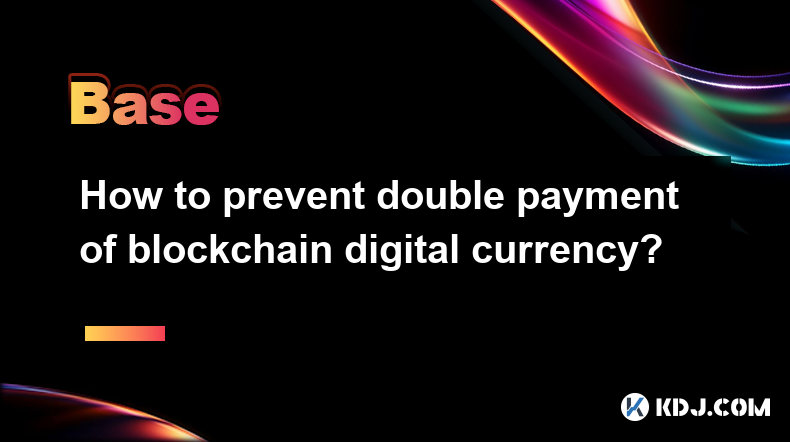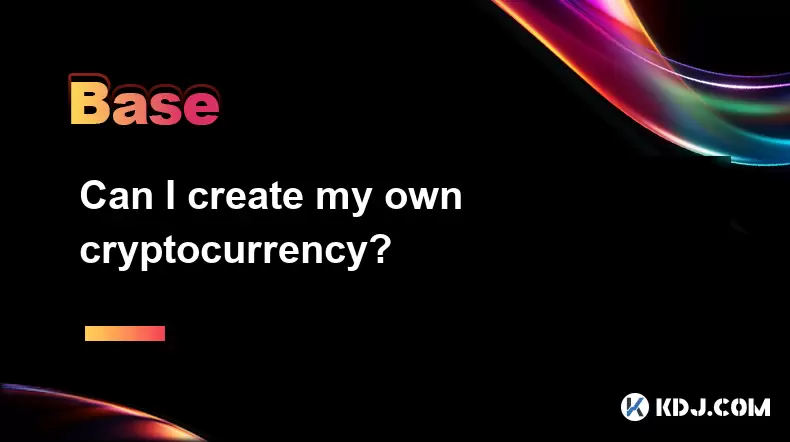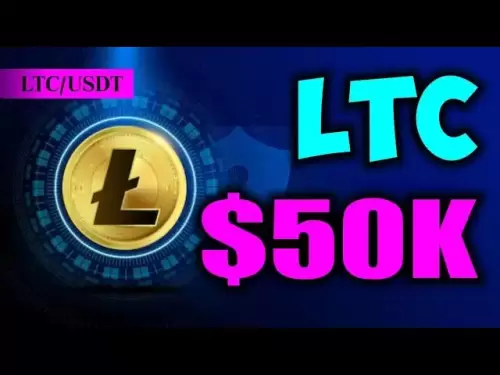-
 Bitcoin
Bitcoin $118400
0.19% -
 Ethereum
Ethereum $3766
5.19% -
 XRP
XRP $3.547
3.45% -
 Tether USDt
Tether USDt $1.000
0.01% -
 BNB
BNB $754.4
2.76% -
 Solana
Solana $182.1
2.48% -
 USDC
USDC $0.9998
-0.01% -
 Dogecoin
Dogecoin $0.2749
12.98% -
 Cardano
Cardano $0.8737
4.84% -
 TRON
TRON $0.3178
-0.78% -
 Hyperliquid
Hyperliquid $46.87
4.87% -
 Stellar
Stellar $0.4745
2.35% -
 Sui
Sui $3.945
4.11% -
 Chainlink
Chainlink $19.49
5.38% -
 Hedera
Hedera $0.2789
4.28% -
 Bitcoin Cash
Bitcoin Cash $549.5
5.60% -
 Avalanche
Avalanche $25.36
1.14% -
 Shiba Inu
Shiba Inu $0.00001576
5.38% -
 Litecoin
Litecoin $117.5
4.42% -
 UNUS SED LEO
UNUS SED LEO $8.987
-0.08% -
 Toncoin
Toncoin $3.299
2.83% -
 Polkadot
Polkadot $4.543
3.41% -
 Uniswap
Uniswap $10.69
5.28% -
 Ethena USDe
Ethena USDe $1.001
-0.02% -
 Pepe
Pepe $0.00001443
8.78% -
 Monero
Monero $326.4
0.36% -
 Bitget Token
Bitget Token $5.000
2.07% -
 Dai
Dai $0.9999
-0.02% -
 Aave
Aave $328.7
3.62% -
 Bittensor
Bittensor $428.6
3.35%
How to prevent double payment of blockchain digital currency?
Blockchain's distributed ledger and consensus mechanisms (PoW/PoS) prevent double-spending by requiring network-wide transaction verification before adding them to the immutable blockchain, making fraudulent activity extremely difficult.
Mar 13, 2025 at 11:26 pm

Key Points:
- Blockchain's inherent structure prevents double-spending through its distributed ledger technology.
- Confirmation mechanisms, like Proof-of-Work and Proof-of-Stake, ensure transaction validity.
- Mining and consensus algorithms play crucial roles in validating and adding transactions to the blockchain.
- Network participants verify transactions, making double-spending extremely difficult.
- Understanding transaction confirmation times and block finality is vital.
How to Prevent Double Payment of Blockchain Digital Currency?
The core principle behind preventing double spending in blockchain-based digital currencies lies in its decentralized and immutable nature. Unlike traditional payment systems relying on a central authority, blockchain utilizes a distributed ledger, replicated across numerous nodes. This distributed network ensures that any attempt at double-spending is immediately flagged and rejected by the majority of the network participants.
The most common mechanism used to achieve this is the consensus algorithm. Different blockchains use different consensus algorithms, the most prevalent being Proof-of-Work (PoW) and Proof-of-Stake (PoS). These algorithms dictate how new blocks of transactions are added to the blockchain and, crucially, how the validity of those transactions is verified.
In Proof-of-Work systems, miners compete to solve complex cryptographic puzzles. The first miner to solve the puzzle gets to add a new block of validated transactions to the blockchain. This process requires significant computational power, making it computationally infeasible to alter past transactions. The difficulty of the puzzle adjusts dynamically to maintain a consistent block generation time.
Proof-of-Stake systems operate differently. Instead of relying on computational power, PoS relies on the amount of cryptocurrency a validator holds. Validators are chosen randomly based on their stake, and they are responsible for validating transactions and adding new blocks to the blockchain. This process is significantly more energy-efficient than PoW.
Once a transaction is included in a block, it becomes part of the blockchain's immutable record. The probability of successfully double-spending a transaction after it has been added to a block increases exponentially with the number of subsequent blocks added to the chain. This is often referred to as "block finality".
The concept of network consensus is also pivotal. Every transaction is broadcast to the entire network. Nodes then verify the transaction based on the established rules and consensus algorithm. If a node detects a double-spending attempt – where the same cryptocurrency is spent twice – it will reject the fraudulent transaction. The majority of nodes need to agree on the validity of a transaction for it to be permanently added to the blockchain.
The time it takes for a transaction to be considered definitively confirmed varies depending on the blockchain. Some blockchains provide near-instant confirmation, while others require several confirmations before a transaction is considered irreversible. This confirmation time is a crucial factor to consider when assessing the risk of double-spending. Understanding the block generation time and the number of confirmations needed for sufficient finality is critical.
The security of blockchain also relies on the size and decentralization of the network. A larger and more decentralized network is more resistant to attacks aimed at manipulating transactions or causing double-spending. A smaller or more centralized network is inherently more vulnerable.
- Transaction Broadcasting: The process starts when a user initiates a transaction. This transaction is broadcast to the entire network of nodes.
- Verification by Nodes: Each node in the network independently verifies the transaction against the blockchain's rules and the user's balance.
- Inclusion in a Block: Once the transaction is validated by a sufficient number of nodes, it is included in a new block by a miner (PoW) or validator (PoS).
- Block Propagation: The newly created block is then propagated across the network, ensuring all nodes have a consistent view of the blockchain.
- Confirmation: After several blocks are added on top of the block containing the transaction (providing further confirmation), the transaction is considered highly secure against double-spending.
Common Questions:
Q: What if a miner tries to double-spend?
A: A miner attempting to double-spend would need to control a majority of the network's hash rate (in PoW) or stake (in PoS). This is exceptionally difficult in large, decentralized networks, as it would require immense resources and is likely to be detected and countered by the rest of the network.
Q: How many confirmations are enough?
A: The number of confirmations needed for sufficient security depends on the specific blockchain and the transaction's value. Generally, more confirmations mean a lower risk of double-spending. Six confirmations are often considered a reasonable standard, but higher-value transactions might require more.
Q: Can smart contracts prevent double spending?
A: Smart contracts can enhance security by incorporating checks and balances within the transaction logic itself, but they don't inherently prevent double spending on their own. They rely on the underlying blockchain's consensus mechanism to ensure transaction validity.
Q: What happens if a double-spending attempt is successful?
A: A successful double-spending attempt is exceedingly rare in well-established blockchains. If it were to occur, it would likely involve a significant security breach or a coordinated attack against the network. The impact would vary depending on the blockchain and the amount involved. The network's community would work to address the issue, possibly through a hard fork or other corrective measures.
Q: Are all blockchains equally resistant to double-spending?
A: No. The resistance to double-spending varies depending on the consensus mechanism, network size, and security measures implemented. Some blockchains are more robust and secure than others. Thorough research into the specific blockchain is essential before using it for transactions.
Disclaimer:info@kdj.com
The information provided is not trading advice. kdj.com does not assume any responsibility for any investments made based on the information provided in this article. Cryptocurrencies are highly volatile and it is highly recommended that you invest with caution after thorough research!
If you believe that the content used on this website infringes your copyright, please contact us immediately (info@kdj.com) and we will delete it promptly.
- Bitcoin's Wild Ride: Records, Rallies, and Reversals - A New Yorker's Take
- 2025-07-21 02:30:12
- CoinDCX Hack: $44 Million Lost, User Funds Safe... For Now?
- 2025-07-21 02:30:12
- BONK, FLOKI, Remittix Predictions: Navigating the Meme Coin Mania and Beyond
- 2025-07-21 02:50:13
- Hacker Attack on CoinDCX: Funds Safe, But Lessons Learned
- 2025-07-21 02:50:13
- Rachel Booth: Missing Person Case and Jogging Clues Unfold
- 2025-07-21 02:55:12
- Iron Maiden: Music Legends Celebrate 50 Years with Royal Mint Coin
- 2025-07-21 00:30:13
Related knowledge

What is the difference between a sidechain and a Layer 2?
Jul 20,2025 at 11:35pm
Understanding the Concept of SidechainsA sidechain is a separate blockchain that runs parallel to the main blockchain, typically the mainnet of a cryp...

What is the Inter-Blockchain Communication Protocol (IBC)?
Jul 19,2025 at 10:43am
Understanding the Inter-Blockchain Communication Protocol (IBC)The Inter-Blockchain Communication Protocol (IBC) is a cross-chain communication protoc...

How does sharding improve scalability?
Jul 20,2025 at 01:21am
Understanding Sharding in BlockchainSharding is a database partitioning technique that is increasingly being adopted in blockchain technology to enhan...

What is the "crypto trilemma" of scalability, security, and decentralization?
Jul 19,2025 at 06:28pm
Understanding the Concept of the Crypto TrilemmaThe crypto trilemma refers to the challenge of simultaneously achieving scalability, security, and dec...

What is a cliff and vesting schedule in tokenomics?
Jul 20,2025 at 10:28am
What Does a Cliff Mean in Tokenomics?In tokenomics, a cliff refers to a specific period during which token holders are not allowed to access or transf...

Can I create my own cryptocurrency?
Jul 20,2025 at 11:49pm
Understanding the Basics of Creating a CryptocurrencyYes, you can create your own cryptocurrency, but it involves a combination of technical knowledge...

What is the difference between a sidechain and a Layer 2?
Jul 20,2025 at 11:35pm
Understanding the Concept of SidechainsA sidechain is a separate blockchain that runs parallel to the main blockchain, typically the mainnet of a cryp...

What is the Inter-Blockchain Communication Protocol (IBC)?
Jul 19,2025 at 10:43am
Understanding the Inter-Blockchain Communication Protocol (IBC)The Inter-Blockchain Communication Protocol (IBC) is a cross-chain communication protoc...

How does sharding improve scalability?
Jul 20,2025 at 01:21am
Understanding Sharding in BlockchainSharding is a database partitioning technique that is increasingly being adopted in blockchain technology to enhan...

What is the "crypto trilemma" of scalability, security, and decentralization?
Jul 19,2025 at 06:28pm
Understanding the Concept of the Crypto TrilemmaThe crypto trilemma refers to the challenge of simultaneously achieving scalability, security, and dec...

What is a cliff and vesting schedule in tokenomics?
Jul 20,2025 at 10:28am
What Does a Cliff Mean in Tokenomics?In tokenomics, a cliff refers to a specific period during which token holders are not allowed to access or transf...

Can I create my own cryptocurrency?
Jul 20,2025 at 11:49pm
Understanding the Basics of Creating a CryptocurrencyYes, you can create your own cryptocurrency, but it involves a combination of technical knowledge...
See all articles

























































































